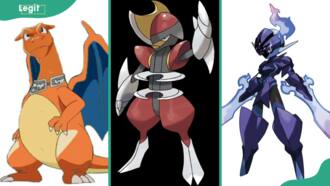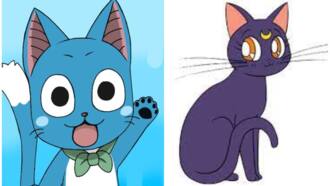20 rare colours you will probably never see in real life
Colours are like the magic brushstrokes that paint the canvas of the world. They bring life to the world, brightening the environment and beautifying spaces. Even so, there are many hues that many will never get to see throughout their lifetime. The presence of these rare colours in the world is a testament to the diversity and wonder in every corner of this planet.
PAY ATTENTION: The 2024 Business Leaders Awards Present Entrepreneurs that Change Nigeria for the Better. Check out their Stories!
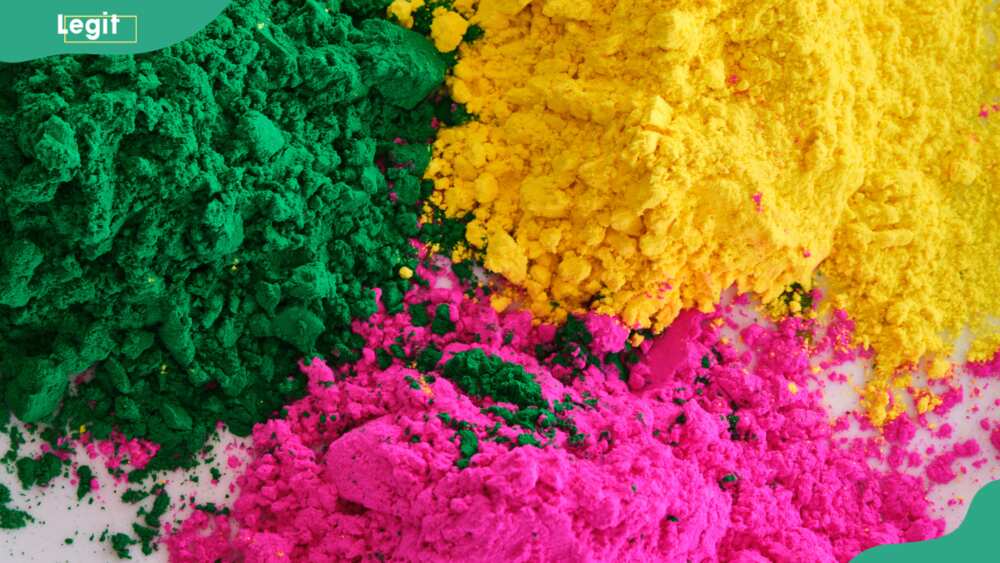
Source: Getty Images
If you are an interior designer or a florist, you understand the enchanting power that colours hold in transforming spaces and creating visual symphonies. Life would pose considerable challenges without the presence of colours. Surprisingly, there are numerous hues that many people may never see throughout their lives.
Rare colours of the world
Rare colours refer to hues that are infrequently encountered or uncommon in nature. Here is a list of some of these shades you might never see.

Read also
Waste to wealth: Creative Nigerian lady, Adejoke Lasisi, turns detergent sachets to lovely bags
1. Fallow
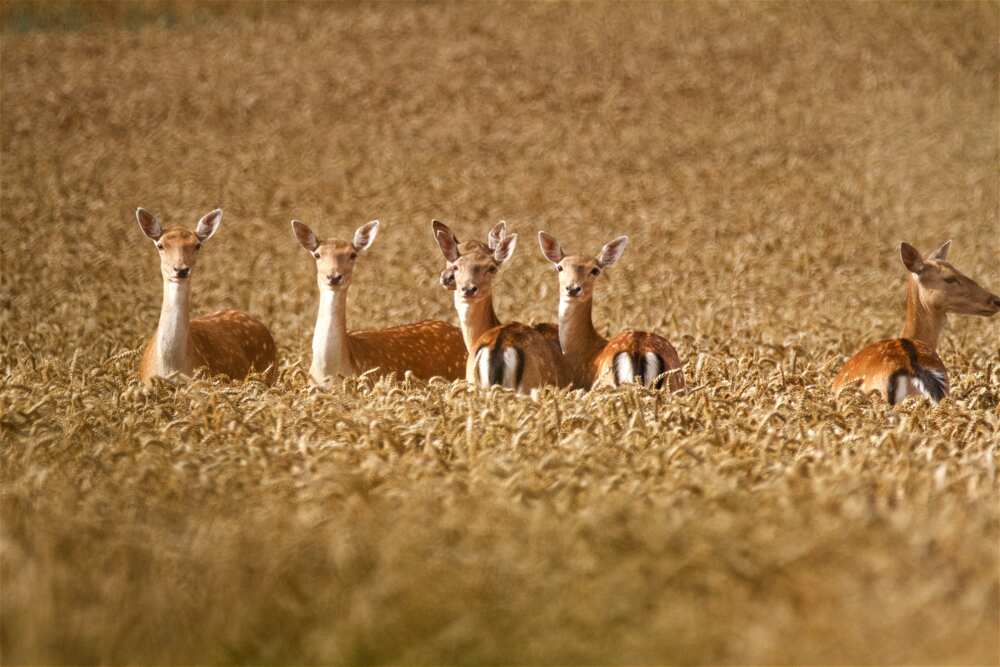
Source: Getty Images
PAY ATTENTION: Share your outstanding story with our editors! Please reach us through info@corp.legit.ng!
Fallow is a light, yellowish-brown colour with the HEX code #C19A6B. It's one of the oldest English colour names, noted back in the year 1000. People often use fallow to talk about the fur or skin pigment of animals, like a fallow greyhound or a fallow deer.
2. Amaranth
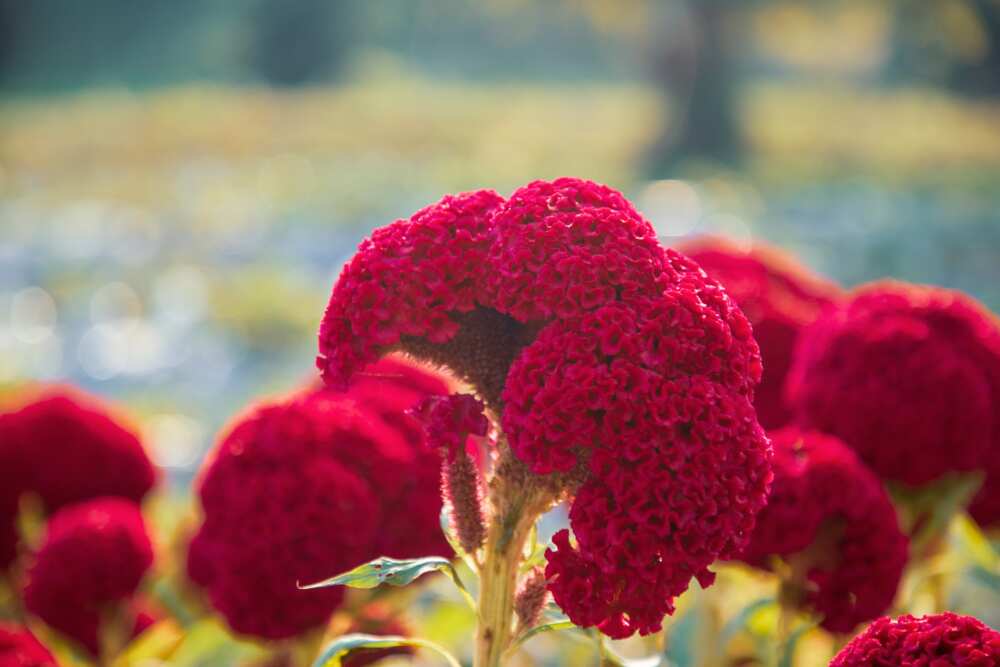
Source: Getty Images
Amaranth is a reddish-pink or purplish-red pigment. It takes its name from the amaranth flower, which is known for its vibrant and intense hues. Amaranth can vary in shade, ranging from a more reddish pink to a deeper, purplish-red tone. It is mostly associated with nature with the HEX code #9F2B68.
3. Atrovirens
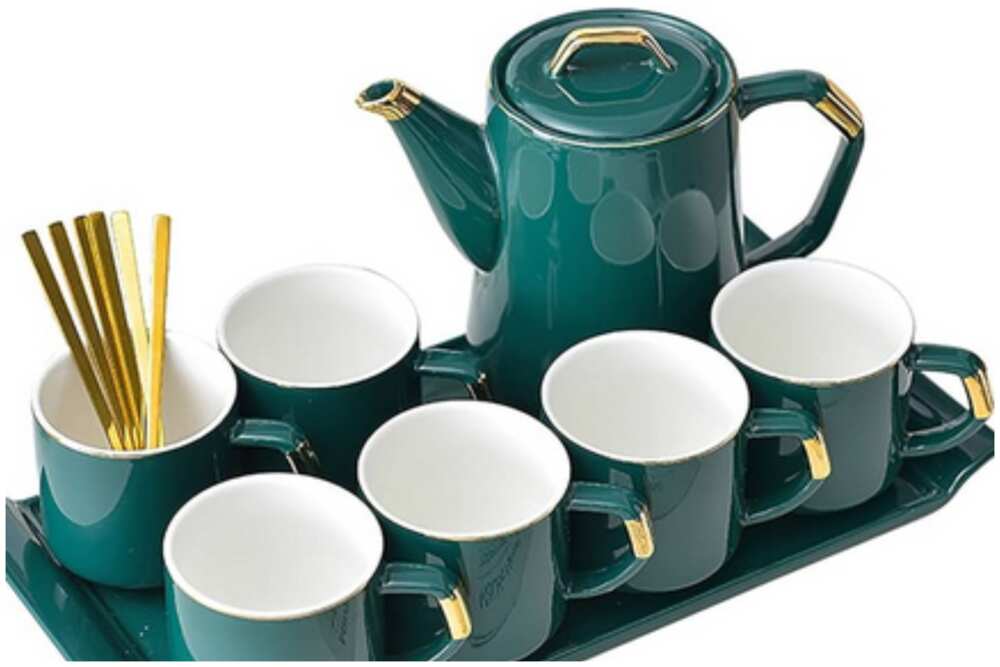
Source: UGC
Atrovirens is named after a type of evergreen tree and means dark green in Latin. However, the colour itself is more like a deep teal. It is made up of a little over five per cent red, with an equal mix of green and blue, and the HEX code is #0d9494.
4. Aureolin
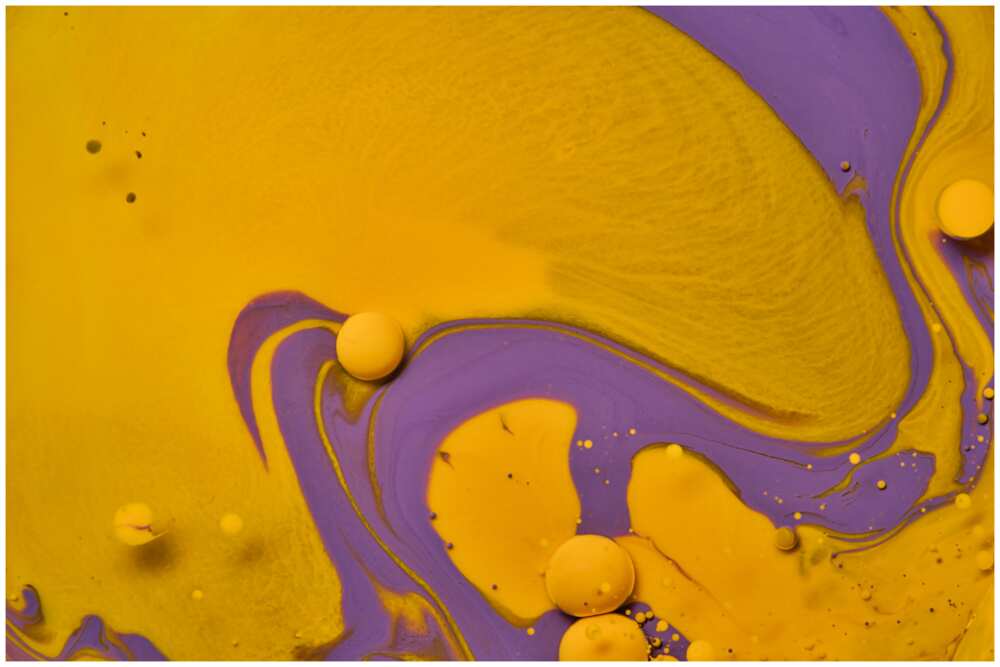
Source: Getty Images
Aureolin is a bright and vivid yellow pigment. It is often described as a rich, intense shade of yellow with a slight hint of green. An oil paint manufacturer, Michael Harding, described this shade as a see-through, pale yellow resembling straw or ochre, with unique but deep greenish hints, similar to the characteristics of cobalt yellow. Aureolin HEX code is #fdee00.
5. Periwinkle
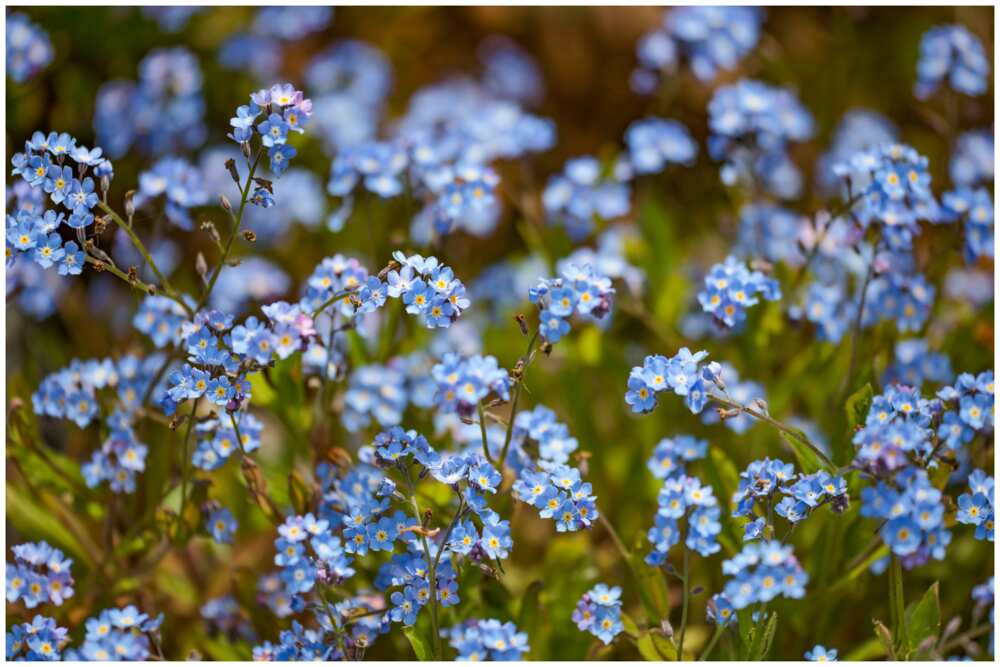
Source: Getty Images
Periwinkle is a light indigo hue named after the flower, displaying a combination of blue with hints of purple, positioning itself between the two on the colour wheel. The HEX code representing periwinkle is #CCCCFF.
6. Burlywood
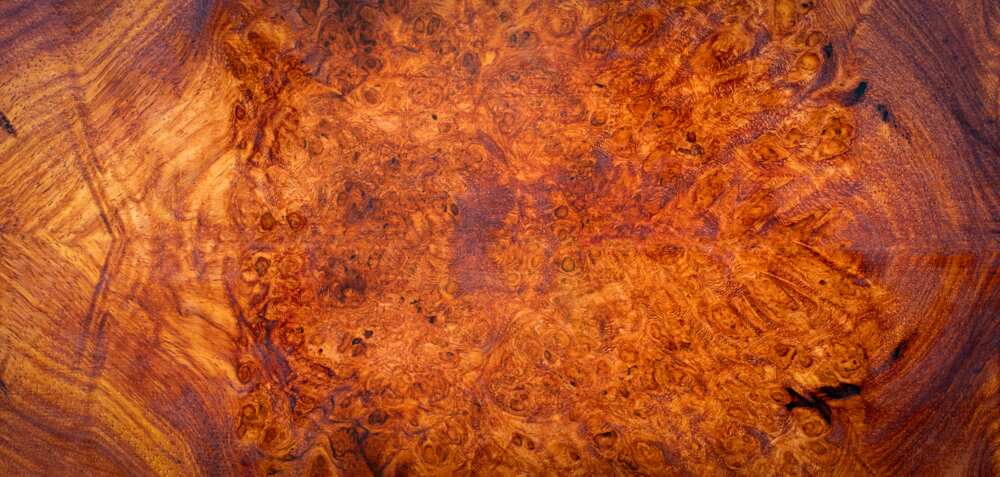
Source: Getty Images
Burlywood HEX code is #deb887, and it is a pretty balanced shade on the colour chart. It is a light to medium brown pigment that often has an earthy and warm tone. It is a rare combination of 87.1 per cent red, 72.2 per cent green, and 52.9 per cent blue. It is commonly used as a term in design and art to describe a shade of brown with a natural and subdued appearance.
7. Celadon
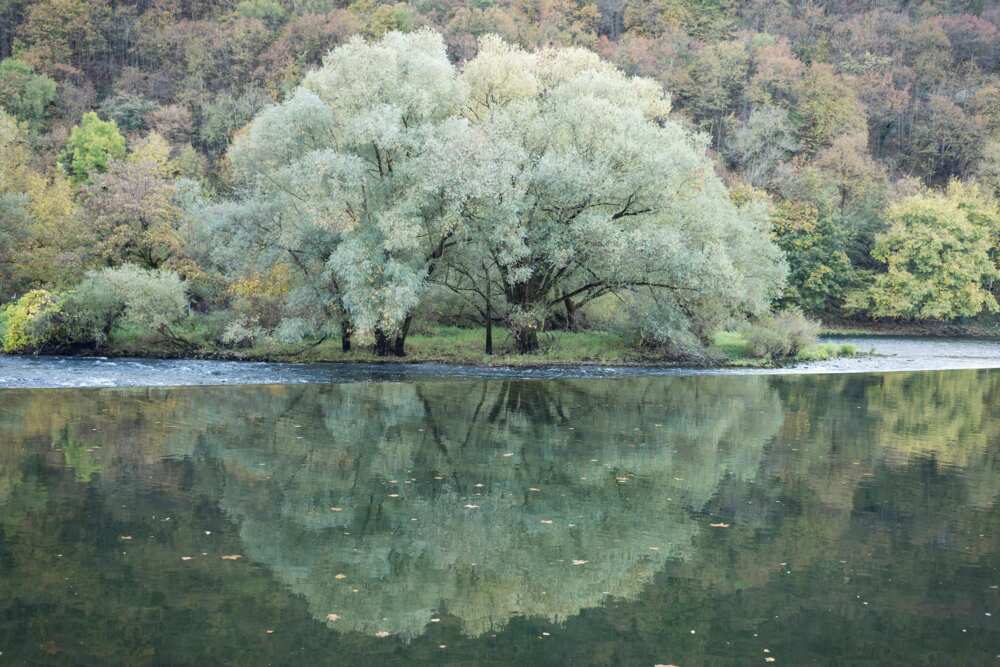
Source: Getty Images
Celadon, a pale blue-green shade, takes its name from a style of ceramic originating in China. Both a colour and a glaze, Celadon was perfected during the 10th and 11th centuries. Celadon includes hints of grey and jade, and its HEX code is #ACE1AF.
8. Lapis lazuli
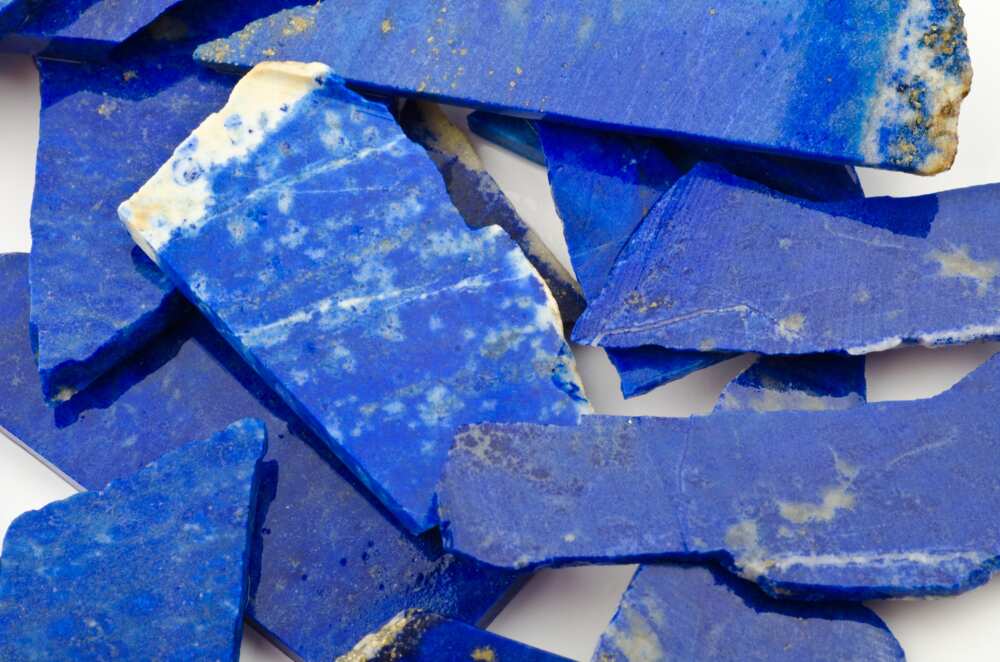
Source: Getty Images
Lapis lazuli is a deep-blue, metamorphic rock that has been prized for its intense pigment and historical significance. Lapis lazuli is listed as the rarest colour in the world composed mainly of the minerals lazurite, pyrite, and calcite, lapis lazuli.
This has been used for centuries as a semi-precious gemstone, often in jewellery and ornamental objects. The HEX code of this precious stone is #26619c.
9. Caput Mortuum
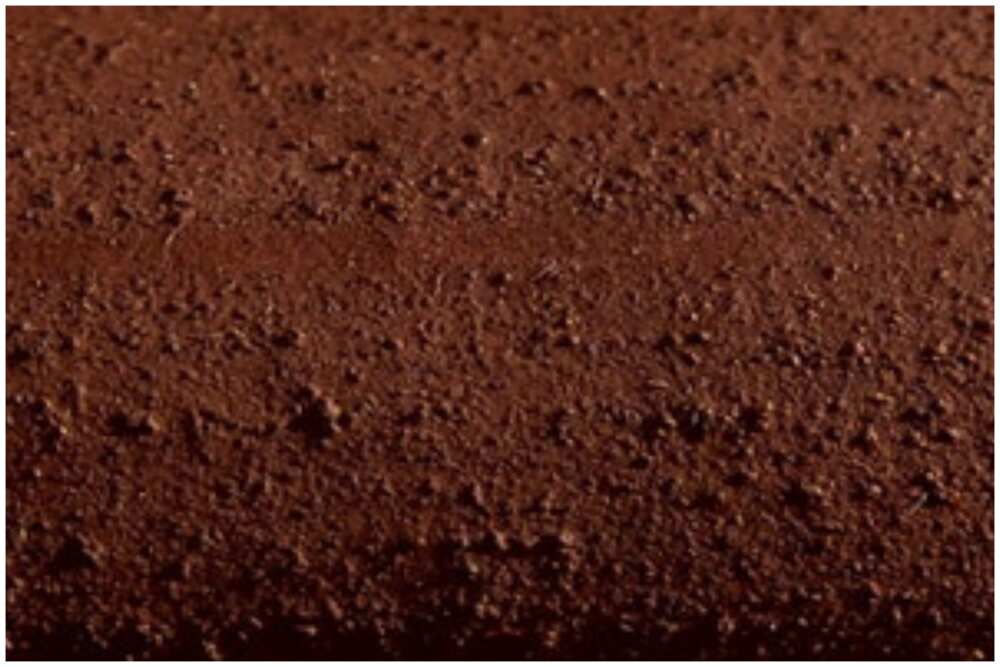
Source: UGC
Caput mortuum, translated from Latin as dead head, is a deep brown pigment that exhibits a violet hue under certain light and appears maroon in others. It possesses an earthy, rich quality, common to many brown tones, and when diluted, it can exhibit varying chromatic directions. This shade is among the most unique colours in the world, and its HEX code is #592720.

Read also
Couple builds mansion in 4 months, spends over N40m to achieve great house design with flat roof
10. Nattier

Source: UGC
Nattier is a pale blue shade named in honour of Jean-Marc Nattier, a renowned French Rococo artist from the 1700s. This hue, frequently employed by the artist in his portrait creations, is prominently featured in one of his most recognisable paintings, the Portrait of a Lady in Blue. Nattier is represented by the HEX code #9cc2bf on the colour chart.
11. Viridian
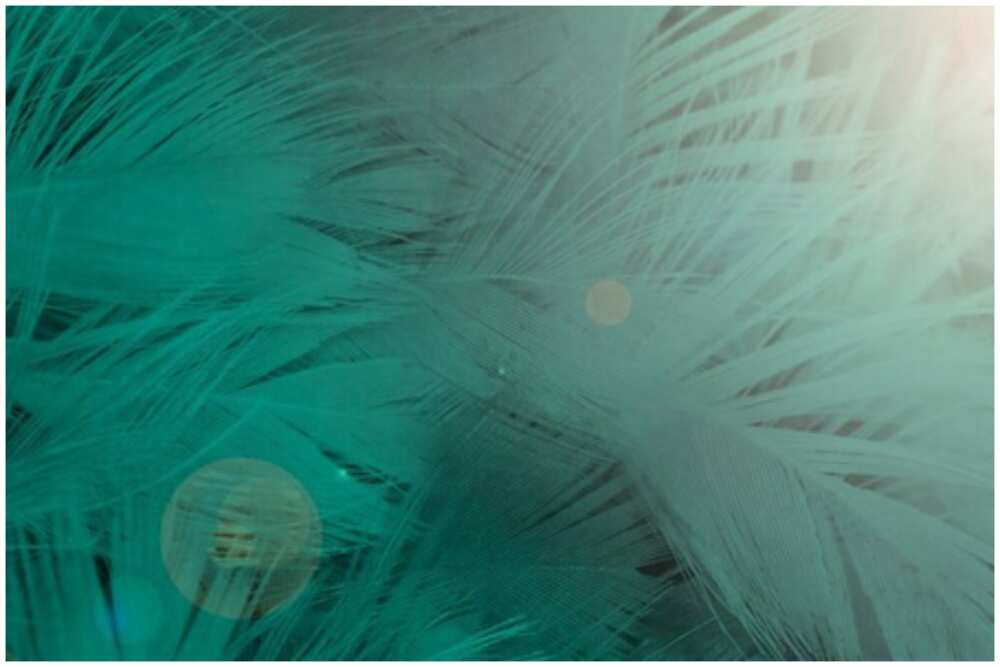
Source: UGC
Viridian is another blue-green pigment with the HEX code #40826d. Viridian is a rare colour that consists of 25.1% red, 51% green, and 42.7% blue. Understanding Latin reveals that the name of this hue comes from Viridis, the Latin term for green.
12. Coquelicot
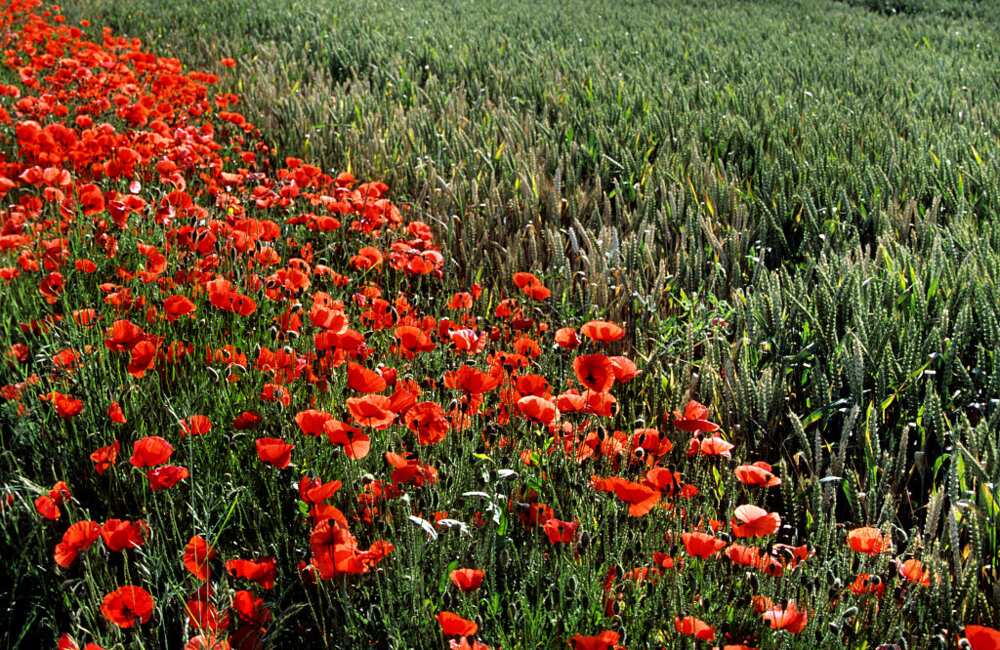
Source: Getty Images
Coquelicot is a French term for the vivid red-orange pigment associated with the wild corn poppy. In English, the word is adopted to denote the specific hue of this poppy, characterized by 100 per cent red, 22 per cent green, and an absence of blue on the RGB colour chart. Coquelicot's HEX code is #ff3800, and it's among the most unique colours you will ever see on Earth.
13. Eburnean
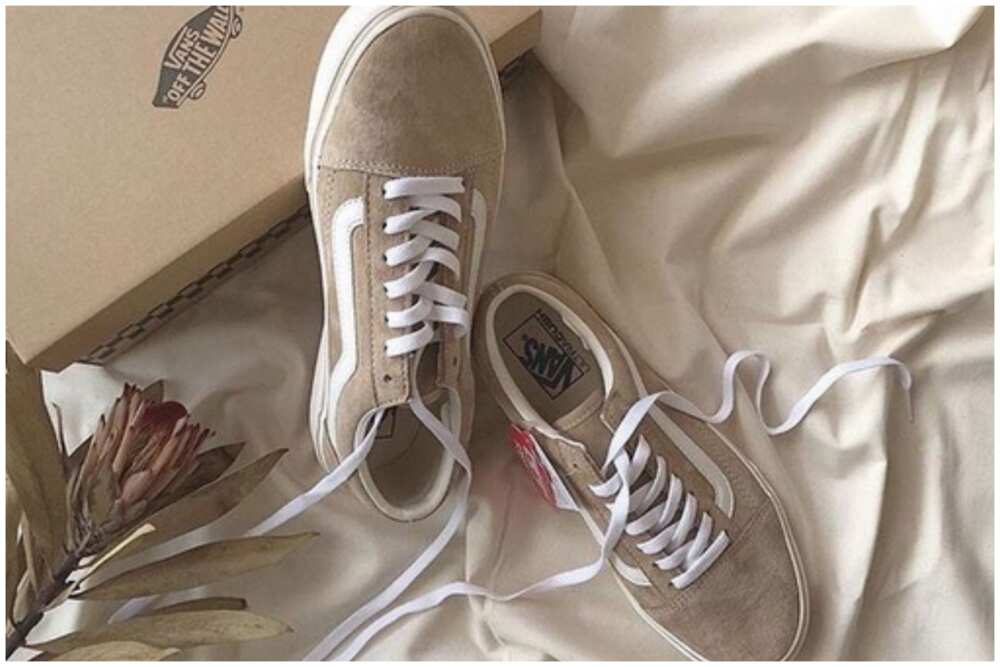
Source: UGC
Eburnean falls within the white spectrum, resembling ivory. It is created by blending a hint of yellow with white. Eburnean is a warm hue with a shade that finds common use in cosmetics and decorative applications. Its hex colour is #ffffee, and it is among the rarest colours to see.
14. Vantablack
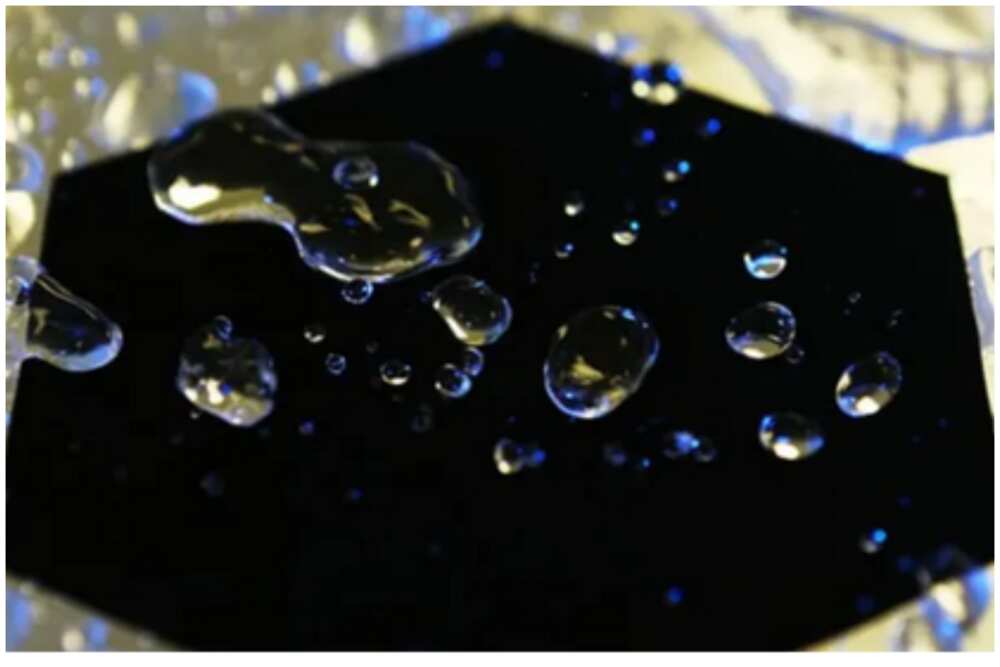
Source: UGC
Vantablack is among the darkest colours in the world. It was invented by Ben Jensen and the CTO of Surrey NanoSystems vertically aligning carbon nanotube arrays. Vantablack absorbs nearly all light that strikes its surface, resulting in an appearance that seems to be almost entirely void of reflection. Its HEX code is #010100.
15. Feldgrau
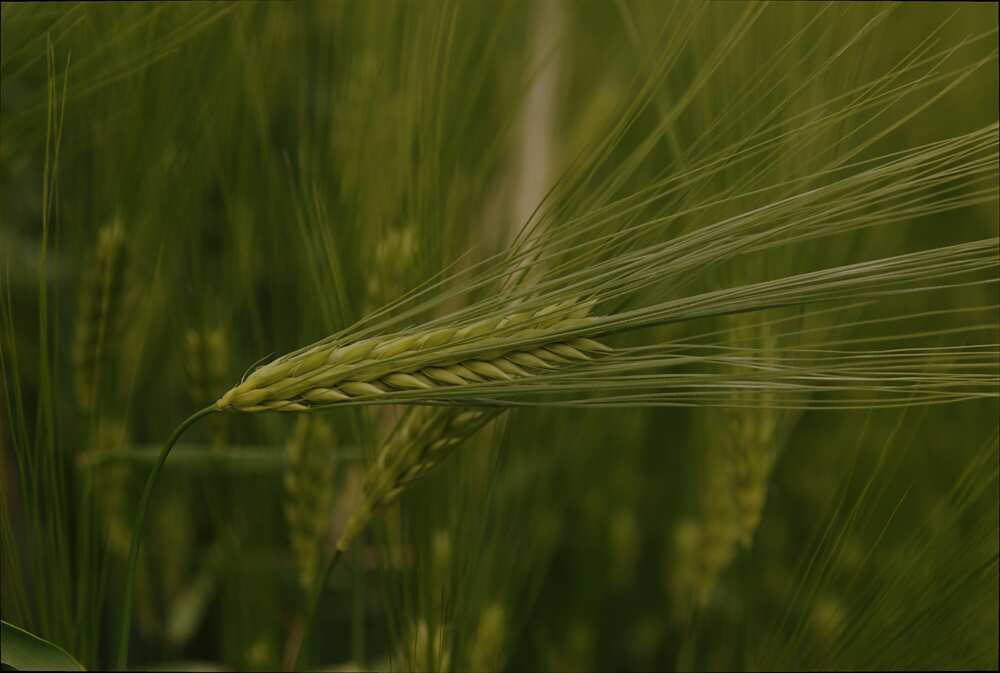
Source: Getty Images
Feldgrau has a somewhat troubling history as it was utilized by German soldiers throughout World War II. Despite this association with a dark period, the shade has also been used by other military entities, possibly owing to the widespread use of grey tones in military uniforms globally. Feldgrau is a medium-dark shade of green colour, and the HEX code is #4d5d53.
16. Gamboge
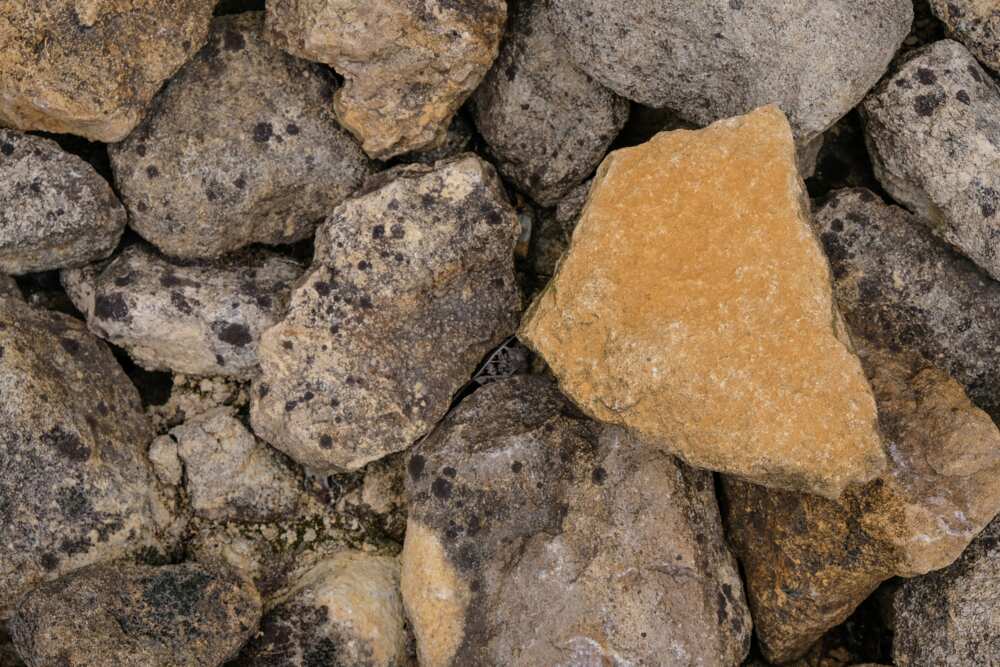
Source: Getty Images
Gamboge is derived from the resin of the tree that shares its unique name. In its natural state, the gamboge resin exhibits a brownish-yellow pigment, but when ground, it transforms into a vibrant yellow hue. Renowned for its transparency and warmth, this colour has its roots in East Asia and made its way to Europe during the 17th century. Its HEX code is #E49B0F.
17. Labradorite
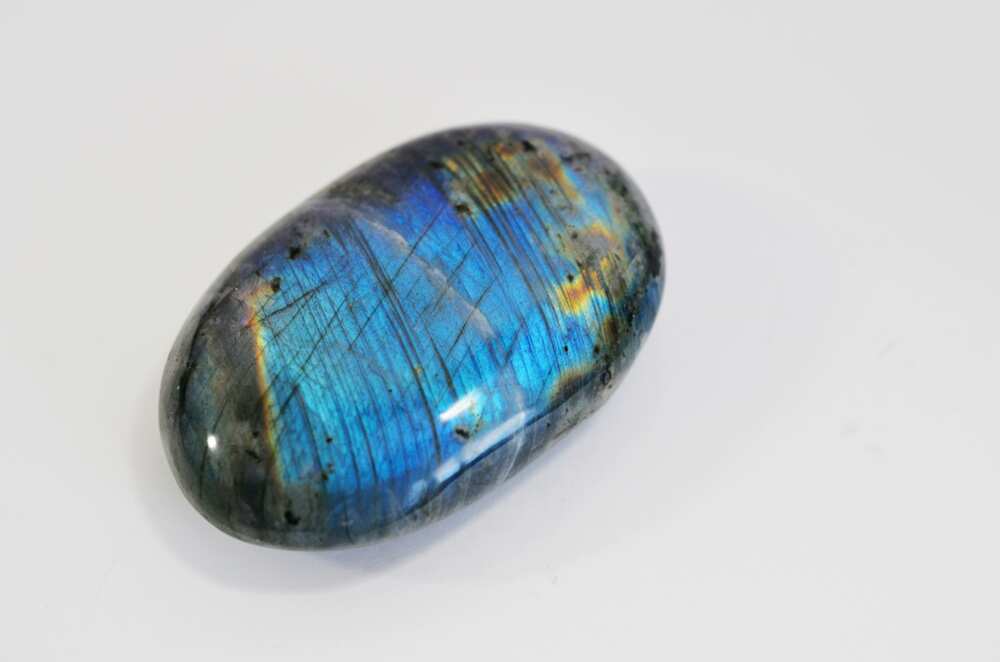
Source: UGC
Labradorite is one of those colours that spark disagreement among people regarding its true nature. While some sources assert it to be a shade of blue, others propose that it might be brown or grey.
The confusion may stem from its origin, which is a mineral of the same name. Labradorite can exhibit shades of white, grey or black, true to its name, and is sourced from Labrador in Canada. The HEX code for it is #657b83.
18. Glaucous
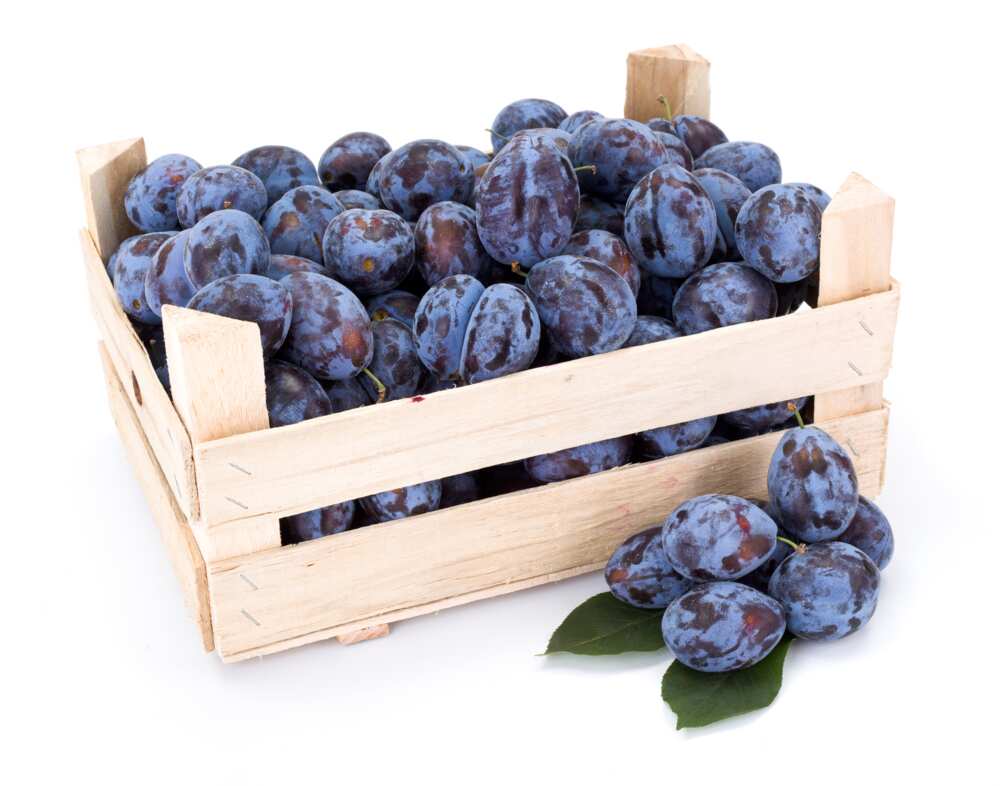
Source: Getty Images
Glaucous is a muted greyish-blue shade represented by the HEX code #6082B6. It was introduced as a colour name in English during the mid-1600s. Additionally, the term glaucous serves as an adjective to depict botanicals with leaves coated in a grey or blue layer that can be rubbed off. It is listed among the rarest colours you may never see.
19. Mikado

Source: UGC
Mikado refers to a vibrant and bold shade of orange, often described as resembling the colour of the Japanese Emperor's royal robe. It is a rich and intense hue that commands attention, making it a popular choice in various design and fashion applications. This is one of the rare colours you probably never heard of in your life. It has the HEX code #ffc40c.
20. Zaffre
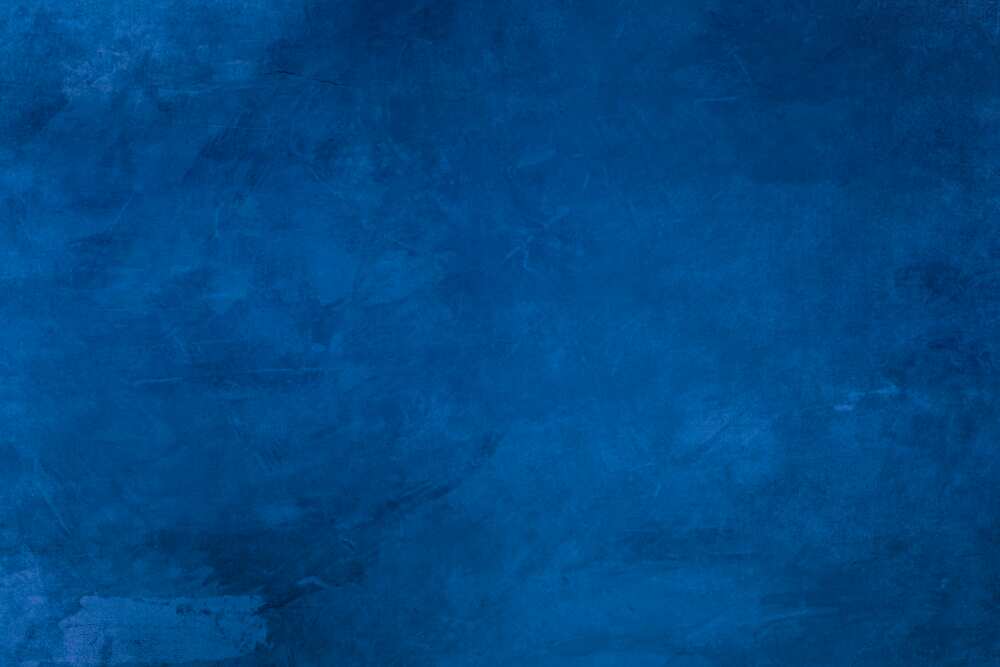
Source: Getty Images
This is one of the rare colours in the world; maybe you will never get to see it. During the Victorian era, this deep blue pigment found frequent use in glassworking. The term also encompasses impure cobalt oxide utilized for staining glass in that period. According to the RGB system, this hue contains 7.8 per cent green and over 65 per cent blue, and the HEX code is #0818A8.
The world is a canvas painted with a myriad of hues, and among them, rare colours stand out as unique strokes of beauty. Colours like caput mortuum, glaucous, and mikado add a distinctive flair to our visual experience, evoking emotions and telling stories beyond the ordinary spectrum. However, these shades may never be seen by many people throughout their lifetime.
Legit.ng recently published a guide on how to verify if your National ID card is ready for pickup. The Nigerian national ID card, also known as the National Electronic Identity Card (e-ID card), is a multi-function chip-based card issued to anyone who has a National Identification Number (NIN).
The National Identity Management Commission issues the NIN (National Identification Number) (NIMC). There is an easy way to see if an e-ID is ready for collection and activation after someone has registered for it. After you've registered for your e-ID, take a look at this article for some simple actions to follow.
PAY ATTENTION: Donate to Legit Charity on Patreon. Your support matters!
Source: Legit.ng




